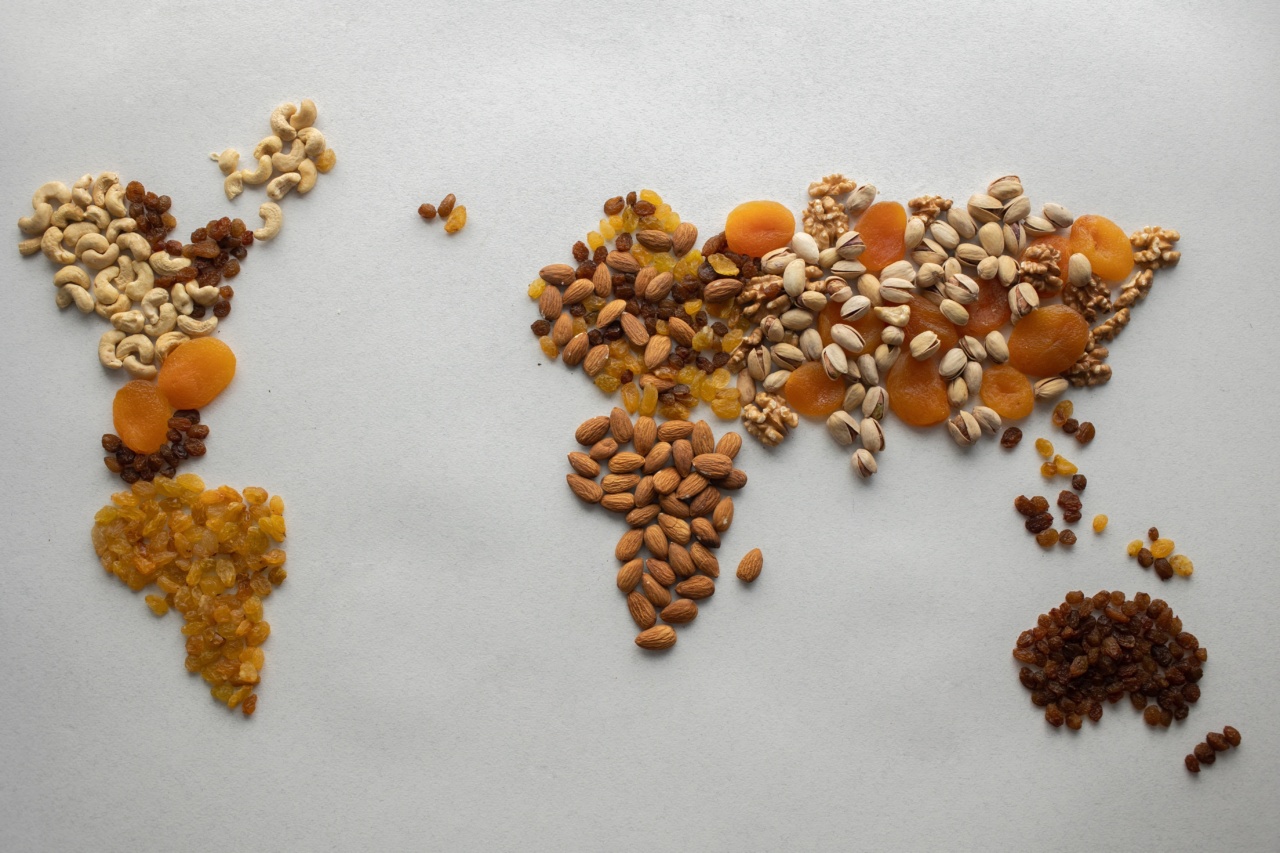Nutrition is a critical aspect of human life. What we eat and drink has a direct impact on our bodies and overall health.
The World Health Organization defines proper nutrition as “an adequate, well-balanced diet combined with regular physical activity,” which can help prevent chronic diseases and promote overall well-being.
Despite the importance of nutrition, however, access to proper nutrition is not universal.
According to the WHO, nearly 150 million children worldwide suffer from stunting as a result of malnutrition, which can lead to long-term consequences for physical and cognitive development. Additionally, undernutrition can increase the risk of infectious diseases and chronic conditions such as diabetes and heart disease.
Fortunately, efforts are being made to combat malnutrition and ensure access to proper nutrition for individuals across the globe. One way to visualize these efforts is through a world map.
Measuring Proper Nutrition
Before diving into the global map of proper nutrition, it’s important to understand what is meant by “proper nutrition” and how it is measured. Proper nutrition is typically assessed based on a variety of factors, including:.
- Caloric intake
- Macronutrient and micronutrient intake
- Body mass index (BMI)
- Physical activity level
- Other health indicators such as cholesterol levels or blood pressure
Based on these factors, various metrics are used to assess nutrition on a global scale. Two of the most common metrics are the Global Hunger Index (GHI) and the Global Nutrition Report.
The GHI is designed to measure hunger and undernutrition in developing countries, while the Global Nutrition Report provides a broader overview of nutrition across the world.
The Global Hunger Index
The Global Hunger Index is an annual report published by the International Food Policy Research Institute (IFPRI).
It uses a 100-point scale to measure hunger and undernutrition in developing countries, with higher scores indicating more severe hunger and undernutrition. The index is based on three factors:.
- Undernourishment
- Child wasting
- Child stunting
As of 2020, the countries with the highest GHI scores (indicating the most severe hunger and undernutrition) were the Central African Republic, Chad, and Madagascar.
On the other hand, countries with the lowest GHI scores (indicating the lowest levels of hunger and undernutrition) were Belarus, the Ukraine, and Turkey.
The Global Nutrition Report
The Global Nutrition Report, on the other hand, provides a broader overview of nutrition across the world. The report is published annually by a group of organizations including the World Health Organization, UNICEF, and the World Food Programme.
The report includes a variety of metrics for measuring nutrition, including:.
- Undernutrition
- Obesity
- Anemia
- Vitamin and mineral deficiencies
- Non-communicable diseases
- Food systems
As of the latest report in 2020, the report found that nearly one in three people worldwide were either malnourished or overweight, highlighting the need for continued efforts to address global nutrition challenges.
Mapping Proper Nutrition
With an understanding of the metrics used to measure global nutrition, we can begin to visualize proper nutrition on a global scale.
While there are many ways to map nutrition, one approach is to use choropleth maps, which color countries based on their nutrition scores. For example, the following map shows countries color-coded based on their GHI scores:.

As we can see from the map, countries in Africa and Asia tend to have the highest levels of hunger and undernutrition, while countries in Europe and North America tend to have lower levels of hunger and undernutrition.
Similarly, we can map the Global Nutrition Report scores. The following map shows countries color-coded based on their overall nutrition score:.

As we can see from the map, countries in Africa, Asia, and Latin America tend to have lower overall nutrition scores, while countries in Europe, North America, and Oceania tend to have higher scores.
Improving Global Nutrition
Visualizing global nutrition on a map helps us identify regions and countries that are experiencing higher levels of malnutrition. By doing so, we can target efforts to improve nutrition where they are needed most.
Here are a few approaches that can help improve nutrition on a global scale:.
- Invest in agricultural development: A lack of access to nutritious foods is a key driver of malnutrition. By investing in agricultural development, we can improve food availability and access for communities in need.
- Improve access to healthcare: Malnutrition can lead to a variety of health problems, and improving access to healthcare can help prevent and treat these problems.
- Focus on maternal and child health: Maternal and child nutrition are critical for long-term health, and focusing efforts on improving nutrition during pregnancy and infancy can have lasting impacts.
- Develop policies to promote healthy diets: Policies such as food labeling requirements or taxes on unhealthy foods can help promote healthier diets and reduce the risk of malnutrition and chronic condition.
Conclusion
Nutrition is a critical aspect of global health, and visualizing nutrition on a map helps us identify regions and countries that need support.
While there is still a long way to go in improving global nutrition, efforts are underway to ensure proper nutrition for all individuals.





























